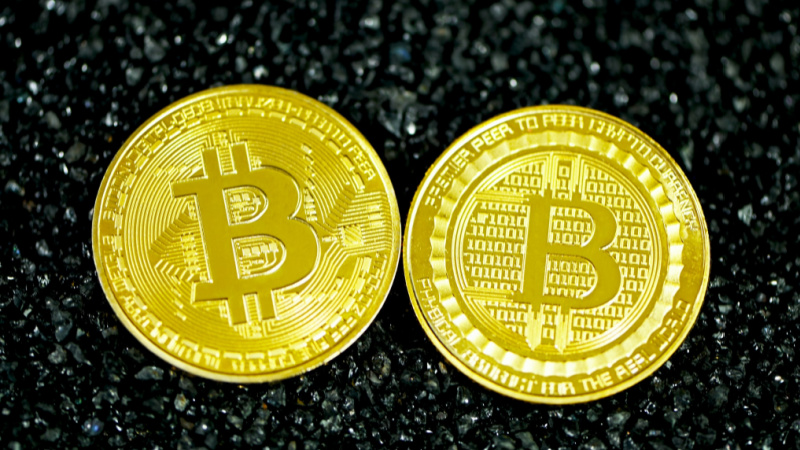A blockchain constitutes a digital ledger system designed to permit transactions worldwide through computer systems synchronized through various software. The system records and stores transaction details in several servers that are peer-linked. Information shared through this platform is of high value to consumers and must always maintain security. Most blockchains guarantee security by establishing a digital signature that authorizes the owner to permit the transaction. The systems also designed to function within a short time and at affordable costs. Blockchain development applied in banking, cryptocurrency transactions, the food industry, and more recently in drug industries for tracking.

Blockchain Theory
Let’s talk about blockchain theory. You could be wondering how blockchains work; well, the theory is quite simple. With the rise of cryptocurrency and online trade technology, there is a need to perform transactions quickly through secure platforms that cannot be tampered with or altered to benefit one party. A blockchain records information and stores it hard to change, at least not without the knowledge of all the parties involved.
The data collected for every transaction stored in a block consisting of categorized information of its kind. The league is constantly updated with transaction data of the same type to form a reliable reference known as a block. Blocks that contain related information constitute a blockchain. This database decentralized and accessible to multiple participants. Blockchains use immutable cryptographic signatures known as a hash to ensure security. The security feature ensures that if a person tampers with a single block in the chain, it is easy to pinpoint. The idea of linking the blocks to form a chain is to ensure that the only way to alter the blocks would be to change the information on every block across the chain, which is technically very difficult.
Blockchain Software Development
Blockchain software development begins with identifying a solution in the market that you would like to solve. If you already have a business up and running, you could transfer the application to a blockchain network. It is essential that you first establish that your idea is feasible enough to build a blockchain. Once you verify that it would be beneficial to introduce a blockchain for your business, you now have to select the right platform to suit you. When selecting this platform, you have to vary your options based on the consensus mechanism and functionality of the platform to determine which platform suits you best. Brainstorm ideas to create the requirements of your business and identify technological components that you need to add to the chain. This creation process will involve all stages of your product and should liaise well with the conceptual workflow.
At this stage, you also decide the user interface for your platform, such as the programming language and security authorization permissions for the blockchain. The next step is to test the workability of your chain. You might have to create a prototype for your users to verify the applicability and give their feedback and proposals. The last phase involves preparing the visual and technical designs of the blockchain. Where you introduce API keys within your interface for security and monitoring. Visual designs improve the general look of your platform.

Blockchain Analogy
Let’s talk about blockchain analogy. Several analogies describe the blockchain mechanism. The first analogy describes a block chin as a series of transparent glass boxes in which every person can see the content inside but cannot access it directly. The permitted user acquires a specific critical exclusive to the box they desire and has access to content inside the box. The box does not belong to the user, so they cannot change the information inside. Another analogy describes a blockchain as an organizing system that creates order in a world full of transactions and promises.
Tracking these transactions and recording them ensures honesty and keeps record scores for later reference. The last analogy describes a blockchain as a document system that permits sending files back. And forth between the author and recipient also. In this analogy, comments and edits in the document are only visible to the individual working on the document. Still, once the document posted, the edits are visible to everyone.
Finally, the recent trends in the market necessitate the creation of systems. Systems that permit access to transactions and transaction data over vast areas; a blockchain. Such a system is very sensitive, given that it must be transparent and easily accessible. Blockchains, therefore, decentralized for ease of access yet adequately managed to prevent tampering of information within the blocks.